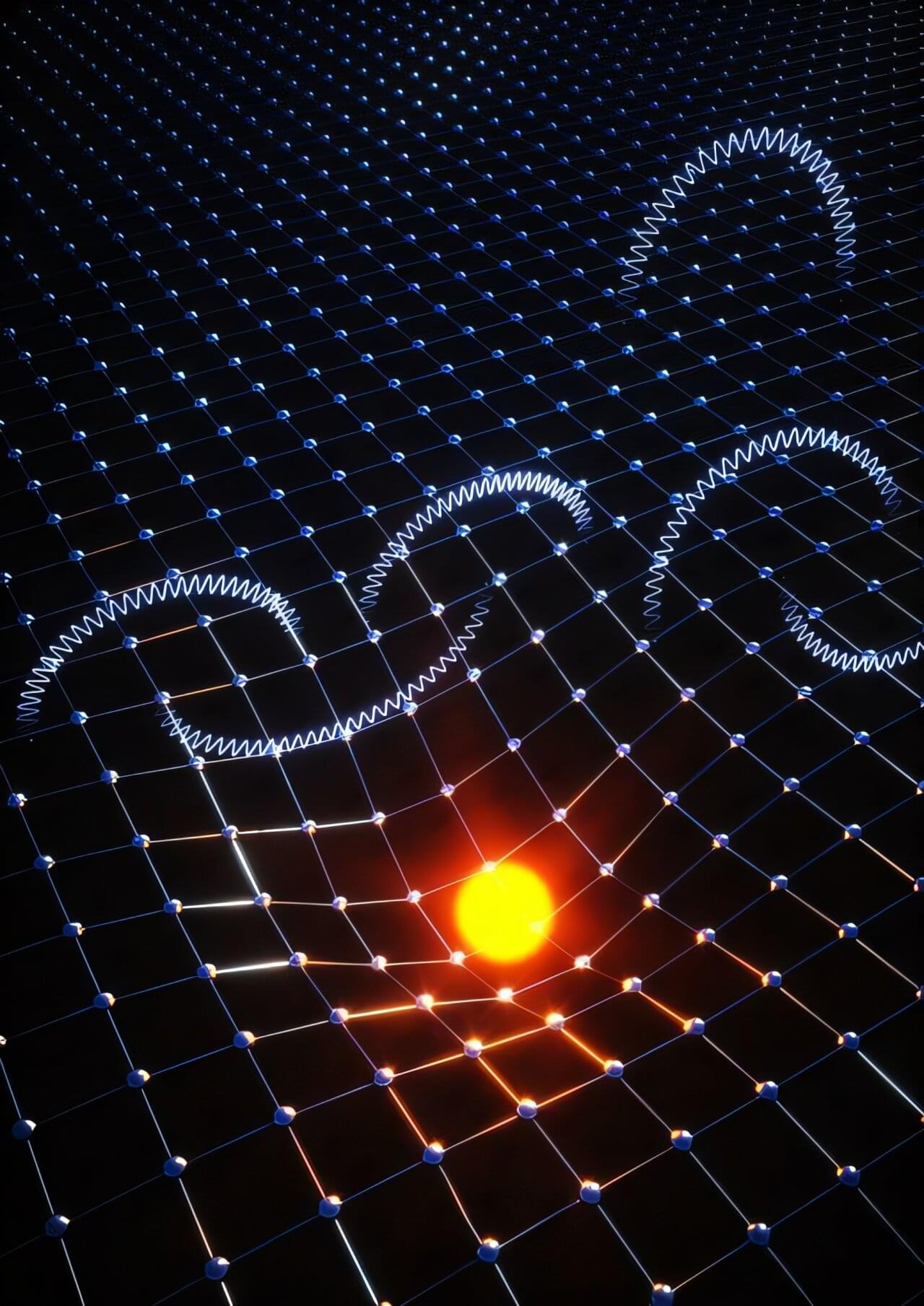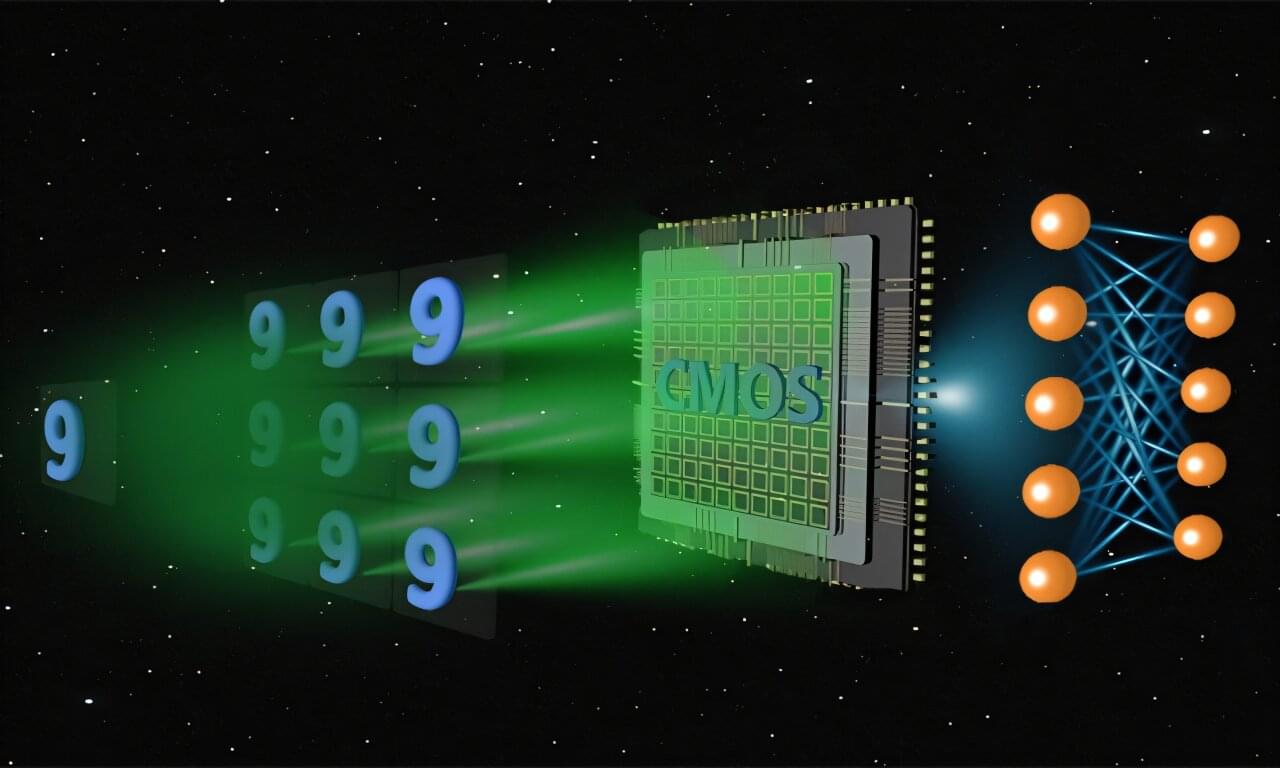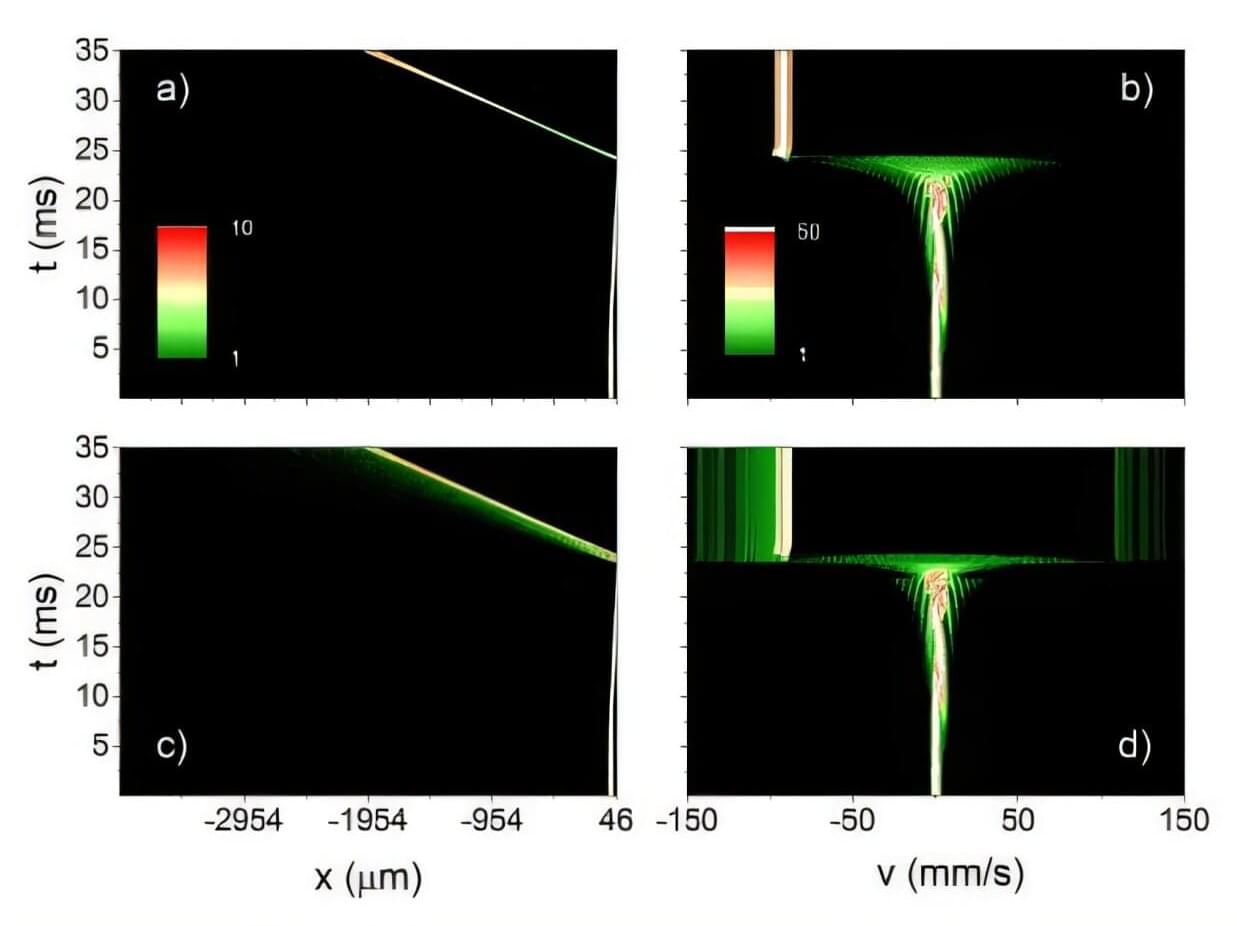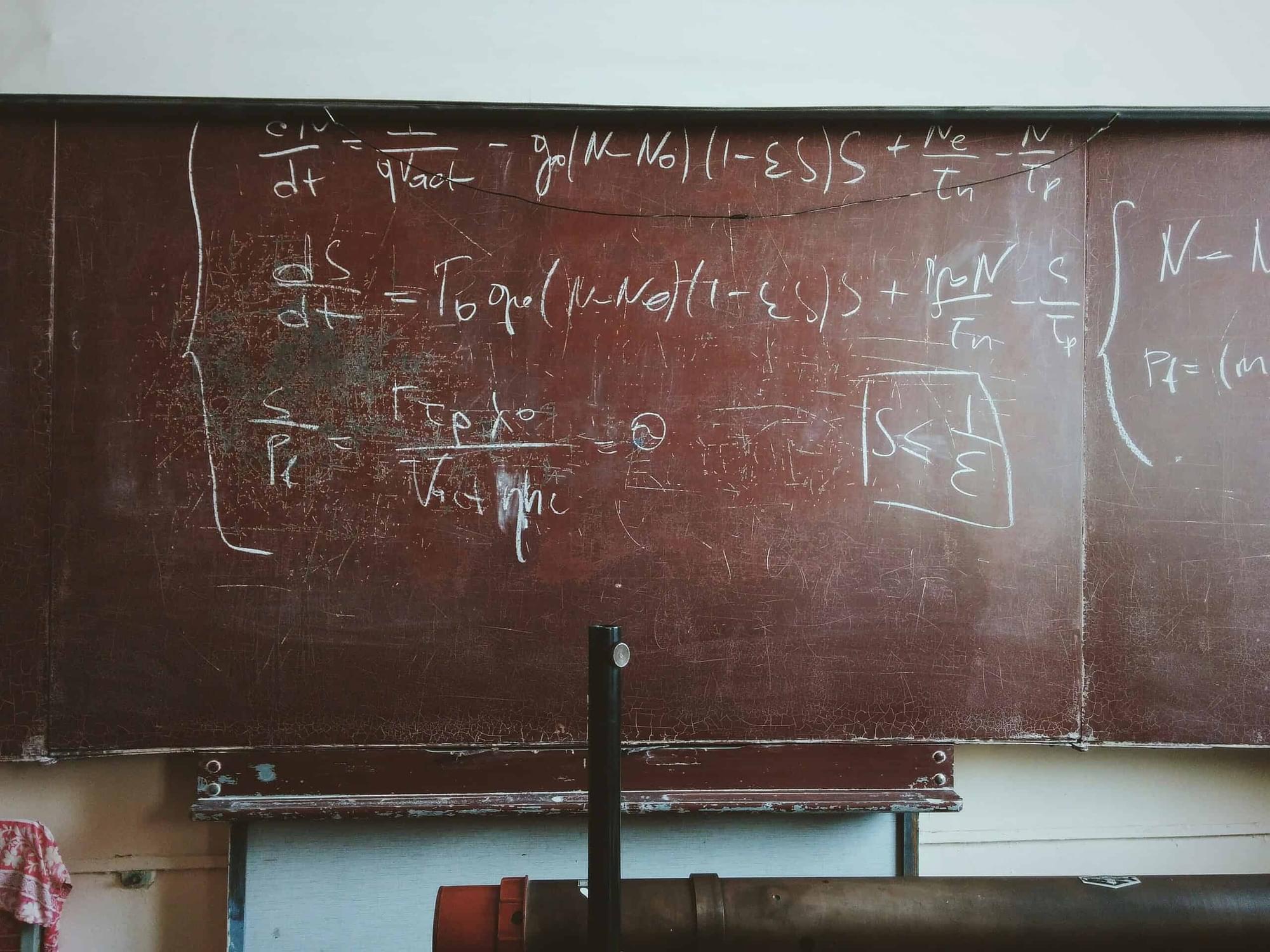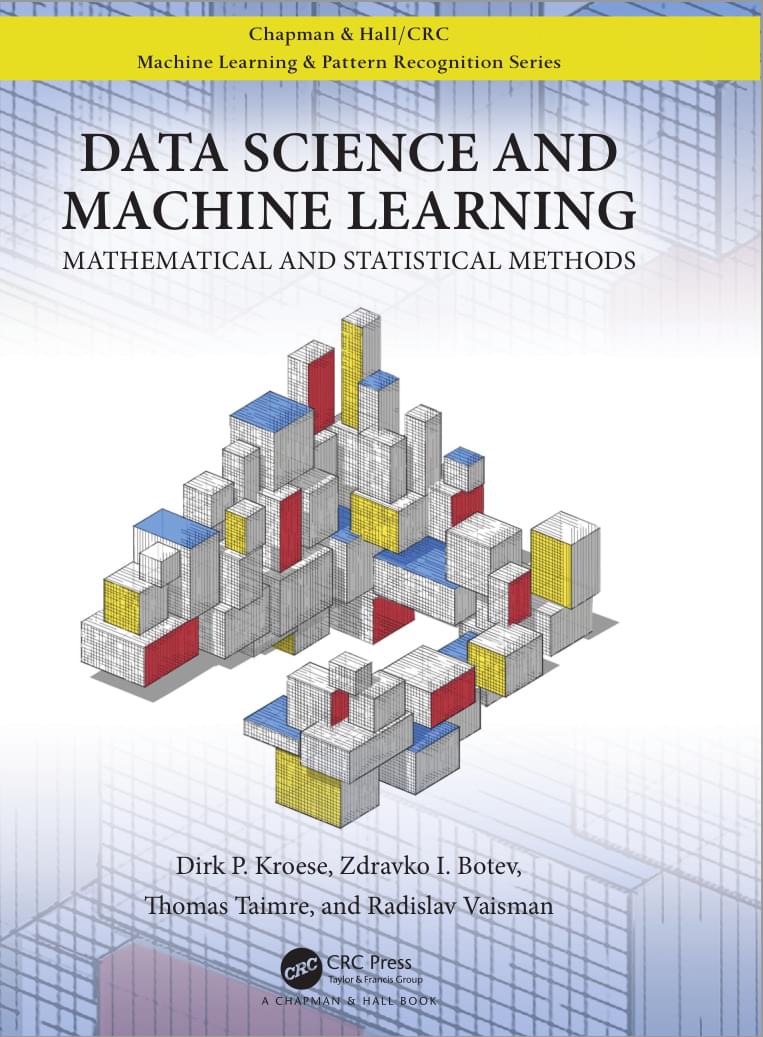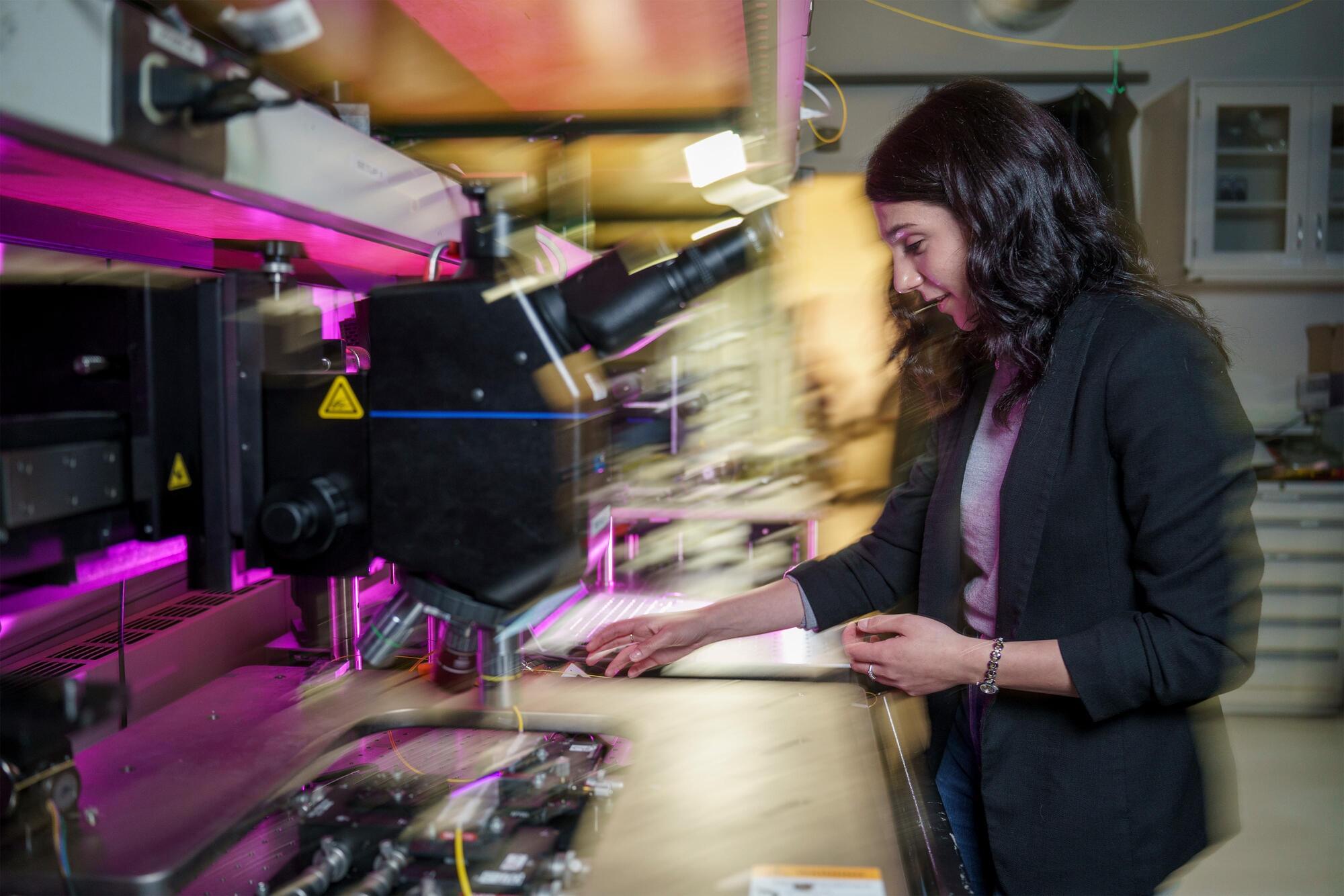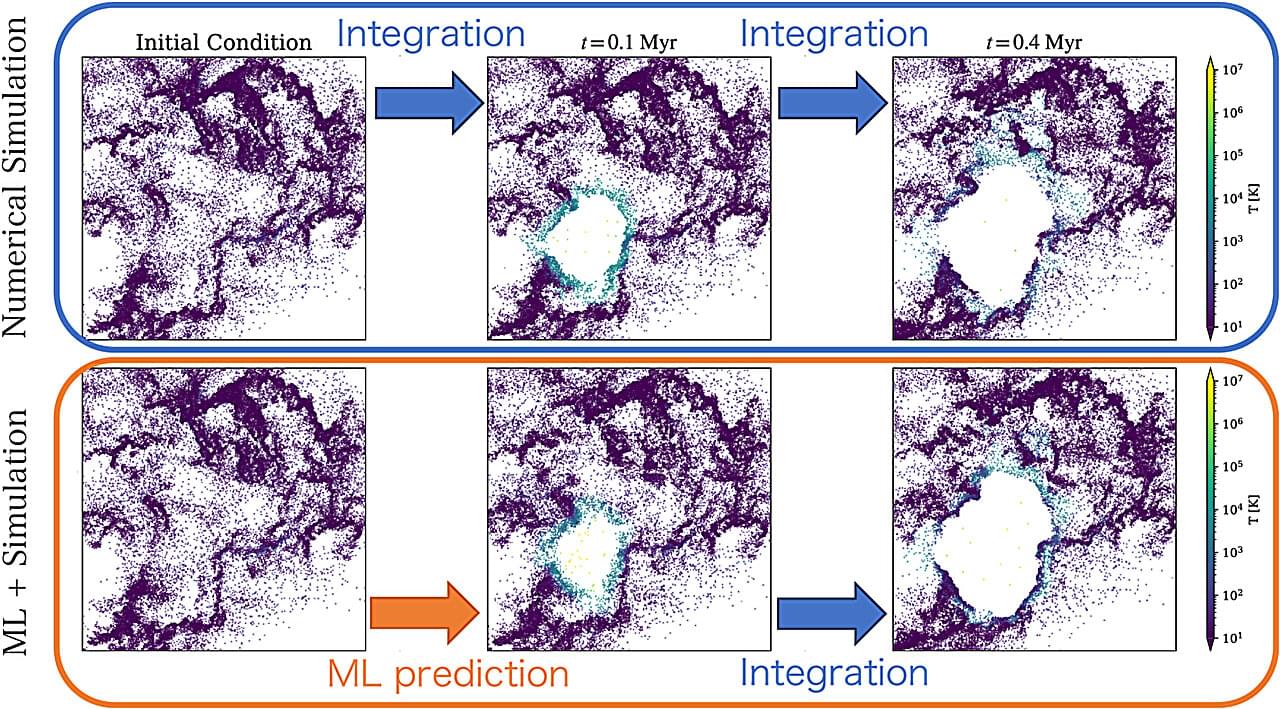Caltech scientists have found a fast and efficient way to add up large numbers of Feynman diagrams, the simple drawings physicists use to represent particle interactions. The new method has already enabled the researchers to solve a longstanding problem in the materials science and physics worlds known as the polaron problem, giving scientists and engineers a way to predict how electrons will flow in certain materials, both conventional and quantum.
In the 1940s, physicist Richard Feynman first proposed a way to represent the various interactions that take place between electrons, photons, and other fundamental particles using 2D drawings that involve straight and wavy lines intersecting at vertices. Though they look simple, these Feynman diagrams allow scientists to calculate the probability that a particular collision, or scattering, will take place between particles.
Since particles can interact in many ways, many different diagrams are needed to depict every possible interaction. And each diagram represents a mathematical expression. Therefore, by summing all the possible diagrams, scientists can arrive at quantitative values related to particular interactions and scattering probabilities.
